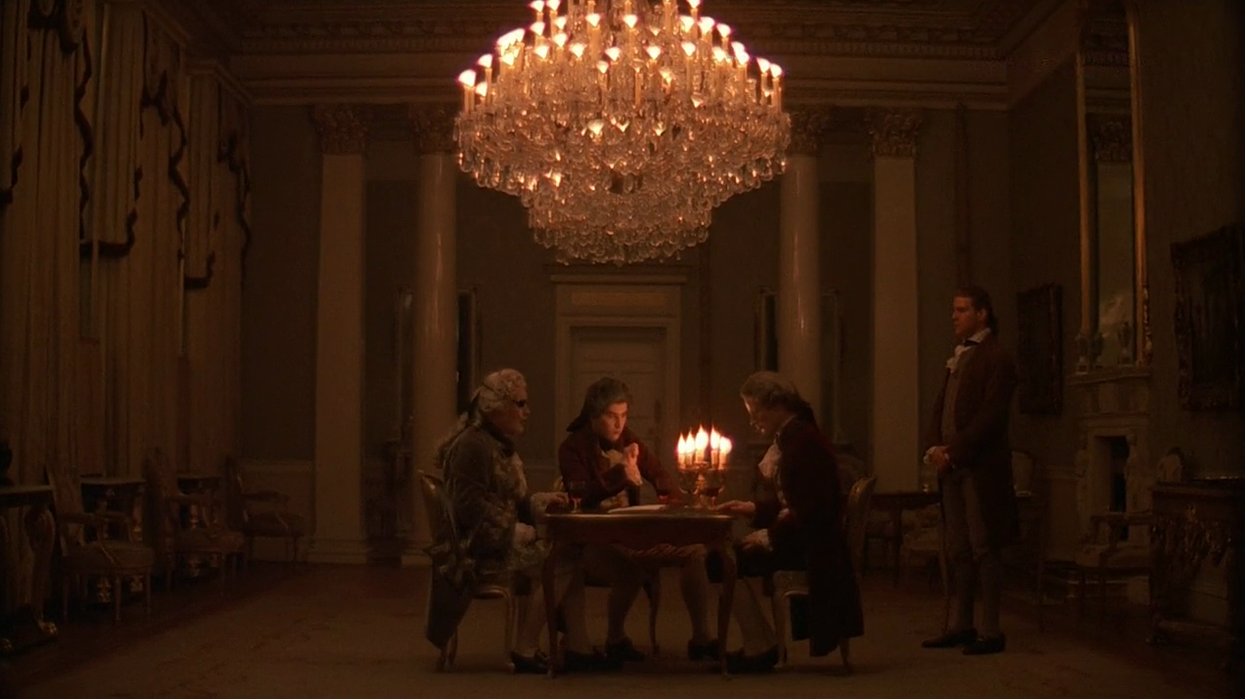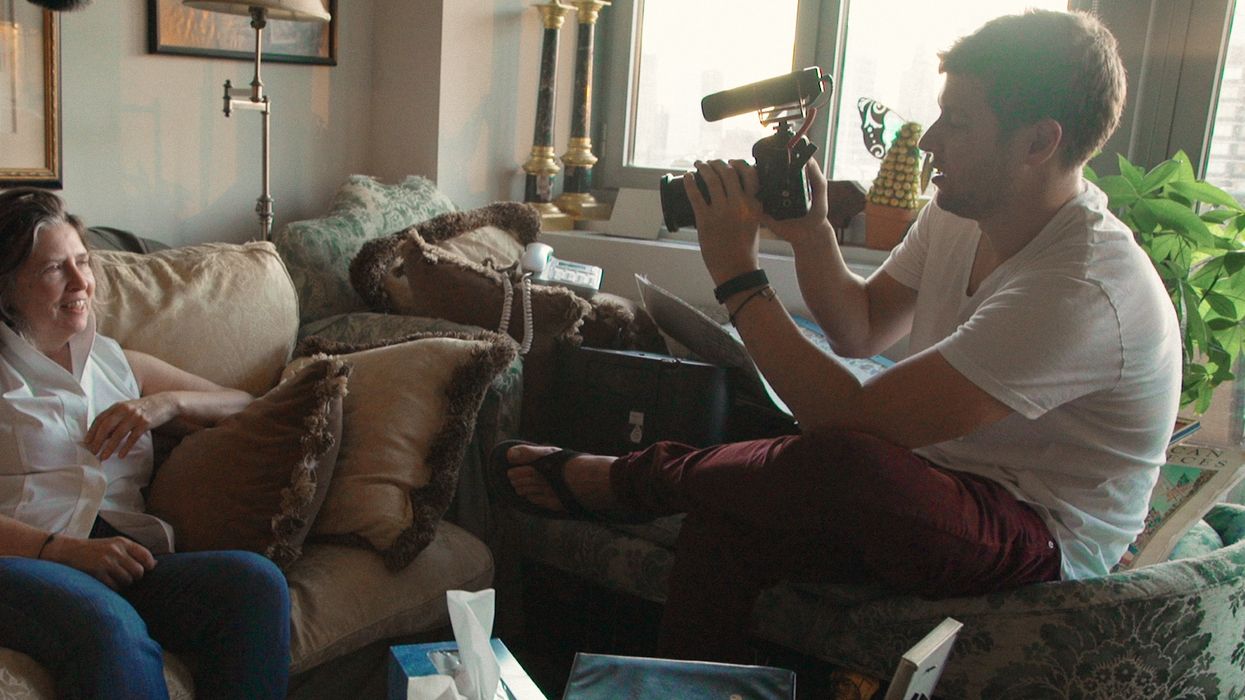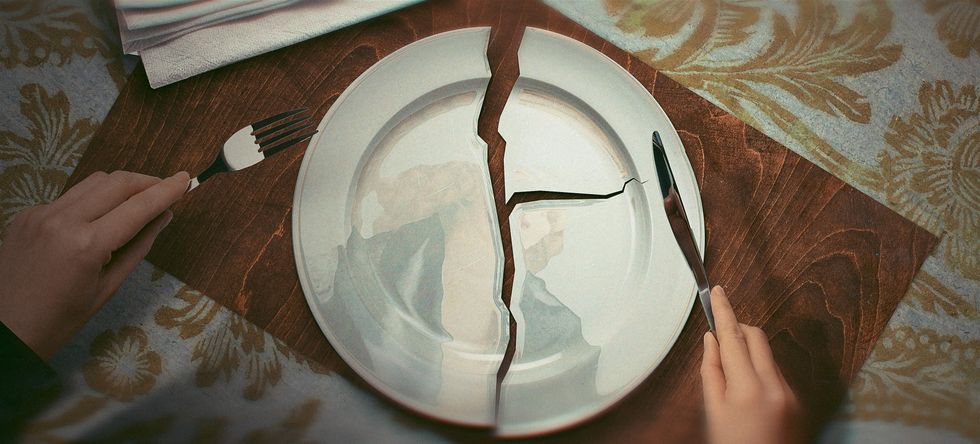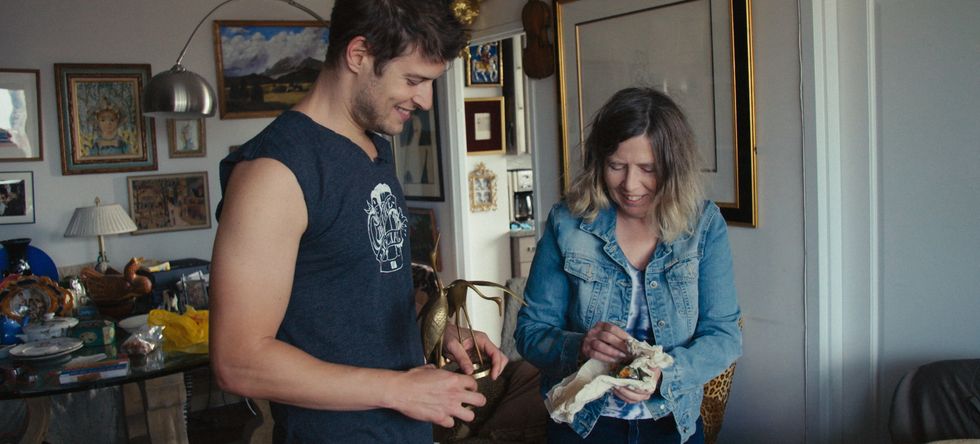Watch: The Cinematography of John Alcott, Kubrick's Right-Hand Man and Master of Natural Light
Here's a breakdown of cinematographer John Alcott's techniques.

Make no bones about it: John Alcott is a legend. Stanley Kubrick's cinematographer is responsible for some of the most stunning imagery in cinema history, including Barry Lyndon, which was meticulously shot using natural light and may as well have been a Romantic painting, and The Shining, which features ingenious camera movement.
Kubrick was a perfectionist and cinematographer in his own right; he demanded much of his DPs, both technically, physically, and emotionally. As a result, the turnover rate for lensing his films was high. Alcott, however, held his ground and was able to deliver on some of the director's most challenging demands.
In a new video essay, YouTube channel Wolfcrow breaks down Alcott's techniques.
Alcott preferred to shoot with natural light. He didn't use a generator on 1982's Vice Squad, shooting instead with fast film stock, watering down the streets to get some bounce off the streetlights. On day exteriors, he maximized the use of reflectors and diffusion. He also tended to keep his actors in front of blown-out windows and used ND and diffusion filters liberally. He lit faces from the side, employed top-lighting, and backlit hair from above, motivated by the sun or windows.
Alcott's go-to lighting source in a pinch was a Lowel 1,000-watt light, bounced through umbrellas or the ceiling. He mostly stuck to ARRI cameras and Zeiss lenses, and on Kubrick's films, he always had an Angenieux zoom on hand.

 'Little Empty Boxes'https://littleemptyboxes.com/
'Little Empty Boxes'https://littleemptyboxes.com/ 'Little Empty Boxes'
'Little Empty Boxes'









